So you’ve sown your wildflower seeds – what next?
Hopefully, they’ll be growing wild by now, but if you’re struggling, help is at hand!
This page is full of useful advice to help you solve the common issues that arise when growing wildflowers – and don’t despair, you’ll have your flowers blooming in no time.
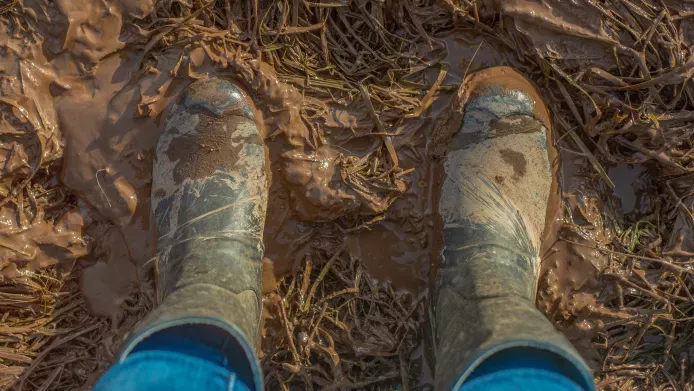
Waterlogged plants may rot, so make sure your plot is well-draining to keep water from accumulating.
Adding compost to your soil will help with drainage in heavy, clay soil (and also improve water retention in light, sandy soil!).
You could try creating a soak-away – this is a small hole or ditch at the lowest point of the plot, where water collects, which you part-fill with material like stone or rubble. This allows the water to drain through it and soak away (get it?) in a slower, more controlled way, into the ground.

If the wind is threatening to blow away your newly sown seeds, you can try scattering a light layer of straw over the plot after sowing, to weigh the seeds down without burying them.
You could also create a wind barrier around your plot, or try using a cloche – this is a temporary, clear cover that will allow light in but protect from winds. You could even make your own with old plastic bottles.
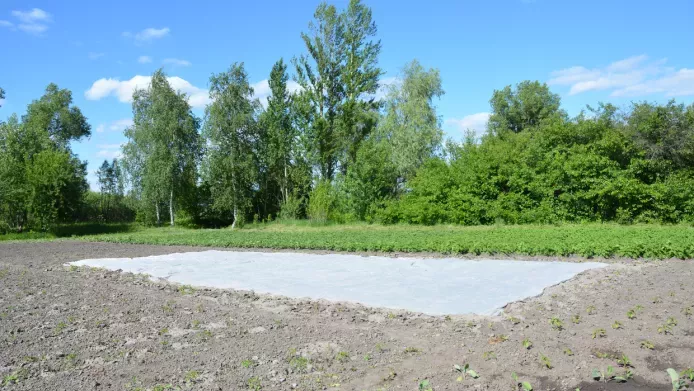
You can source special horticultural fleece (or use another insulating material, such as recycled bubble wrap) to cover outdoor plants in cold weather. This keeps them warm and safe, creating a sheltered microclimate inside.
Just make sure the material doesn’t squash delicate seedlings! One tip is to hold the fleece up over your plants by securing it to posts or pegs.
For plants in containers, you can wrap the pots in an insulating material to keep the roots from freezing. If possible, move them closer to the walls of buildings, where they'll be warmer.
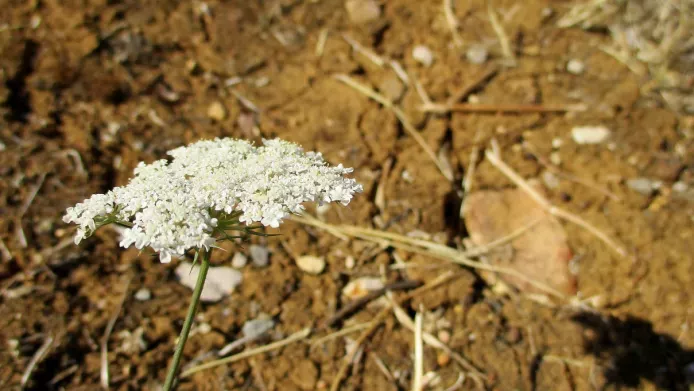
UK-native wildflowers have evolved to be quite resilient to cope with our changeable British weather, and they can thrive in nutrient-poor soil.
But climate change is leading to longer and hotter summers. During a hot spell, be sure to continue watering your plants – but only lightly. It’s important not to over-water them in response to sunny weather, as they might get washed away.
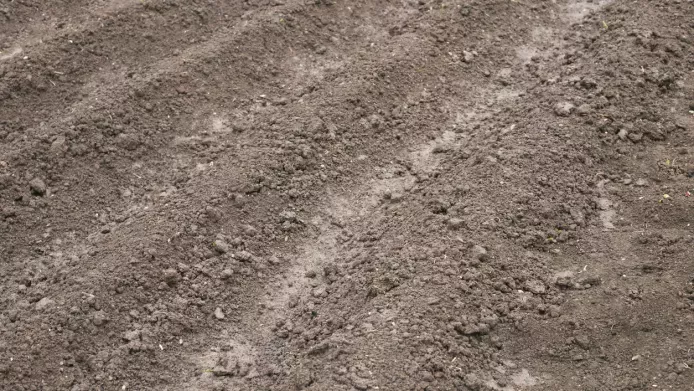
There are many factors that may have prevented your seeds from germinating, and most are easy to remedy next time around. Here are some common reasons your seeds might not have grown.
- Cold and wet soil: We advise you to sow your wildflower seeds, during spring or autumn, when the climate is mildest, but we all know UK weather isn’t always reliable. Check the ground before you sow – if it’s unseasonably cold and wet, your seeds may rot before they have a chance to grow. In this case, wait until the weather improves and warms the soil before sowing.
- Under- or over-watering: Ideally, you should sow your seeds on a dry day and then water them in. If the weather continues to be dry you will need to keep watering your patch to ensure your seeds have the moisture they need to germinate. The best way to check if your soil is moist enough is to use the hands-on approach, and push your finger a centimetre or two below the surface of the soil to feel if it is dry or not.
- Not enough sun: Make sure you’ve picked a planting spot in full sun, and don’t bury the seeds too deeply when sowing, to ensure they get enough light to grow – just rake or sprinkle soil gently over the top.
- Competition from other plants: Weeds can be useful in the right place, but they are strong growers and will easily dominate your wildflower patch, so its best to remove them before you sow to give your seeds the best chance of survival. A good idea is to clear your patch, wait two weeks, and then weed it again before you sow your seeds. This will give them a real head start against the competition!
- Eaten by birds: At Grow Wild we love nature, but sometimes our feathered friends can scupper the germination of our seeds by nibbling them when we aren’t looking! Be sure to rake your seeds in well, and if you know birds are hanging around, consider netting your sown area until your seeds have germinated.
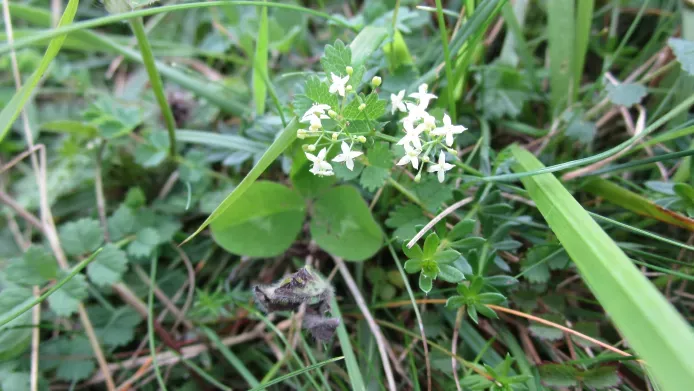
A ‘weed’ isn’t a specific type of plant – it’s simply any plant growing in the ‘wrong’ place. At Grow Wild we believe there’s always a place for plants, and those that we define as weeds can be hugely beneficial when they’re in the right environment.
But sometimes one plant can thrive to the detriment of others. When you’re sowing wildflowers, plants in the wrong place can prevent your seeds from sprouting. In this case, it’s best to remove any weeds before sowing to give your flowers the best chance of survival.
But weeds can tell us a great deal about the environment, and if we want to better understand our gardens, community green spaces or allotments, we should listen to them.
- Compacted soil: If dandelions are all that will grow, it’s possible that your soil is compacted, making it harder for shallower rooted plants to thrive. Dandelions (Taraxacum officinale) are one of many weeds that grow long, deep roots called taproots. Taproots drive down through compacted soil and access nutrients from deep below ground. So you might need to get digging to loosen up the soil.
- Acid or alkline soil: Some plants flourish in acidic soil while others prefer alkaline soil. Weeds like plantain (Plantago major) and sheep’s sorrel (Rumex acetosella) prefer to grow in acidic soil. Fat hen (Chenopodium album) flourishes in alkaline soil.
- Wet ground: Weeds also indicate how well your soil retains water. A moss-covered lawn is a likely sign of poor-draining, wet ground. Creeping buttercup (Ranunculus repens) also occurs frequently on wet soil.
Understanding the soil conditions you have is the first step to planning a great growing space. Rather than working against what you’ve got, it’s worth doing the research to find plants that will thrive.
Weeds can also provide important ecosystem services, just like other plants, contributing to soil and pollinator health. If they aren’t crowding out other plants, just popping up in your lawn, consider letting the weeds join the party and creating a species-rich meadow.
Read more about how important weeds are for biodiversity.